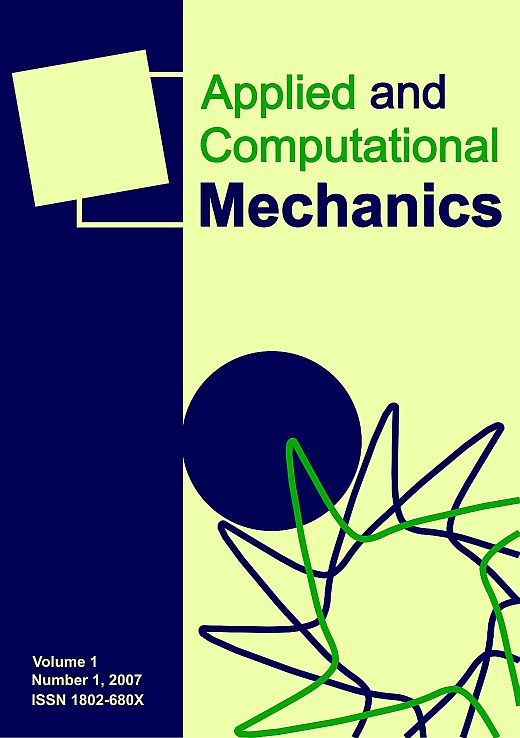Multiscale probabilistic modeling of a crack bridge in glass fiber reinforced concrete
DOI:
https://doi.org/10.24132/acm.2017.334Keywords:
glass fiber reinforced concrete, probability, crack bridging, tensile strengthAbstract
The present paper introduces a probabilistic approach to simulating the crack bridging effects of chopped glass strands in cement-based matrices and compares it to a discrete rigid body spring network model with semi-discrete representation of the chopped strands. The glass strands exhibit random features at various scales, which are taken into account by both models. Fiber strength and interface stress are considered as random variables at the scale of a single fiber bundle while the orientation and position of individual bundles with respect to a crack plane are considered as random variables at the crack bridge scale. At the scale of the whole composite domain, the distribution of fibers and the resulting number of crack-bridging fibers is considered. All the above random effects contribute to the variability of the crack bridge performance and result in size-dependent behavior of a multiply cracked composite.Downloads
Published
30-Jun-2017
Issue
Section
Articles
License
Copyright (c) 2017 Applied and Computational Mechanics

This work is licensed under a Creative Commons Attribution 4.0 International License.
How to Cite
[1]
R. Rypl and M. Vořechovský, “Multiscale probabilistic modeling of a crack bridge in glass fiber reinforced concrete”, APPL COMPUT MECH, vol. 11, no. 1, Jun. 2017, doi: 10.24132/acm.2017.334.







